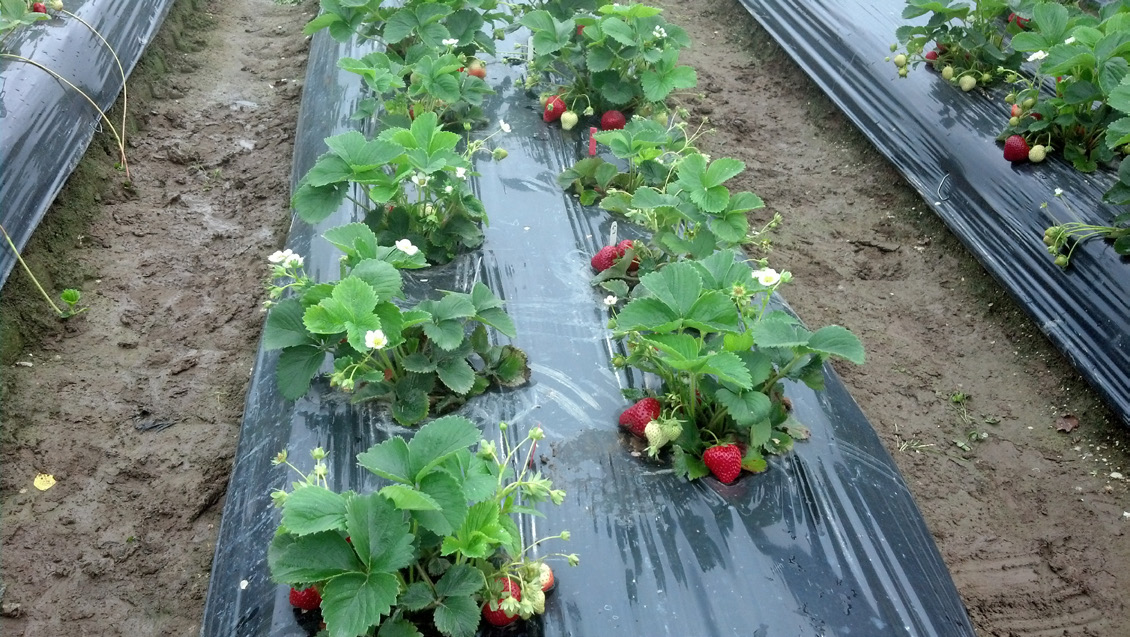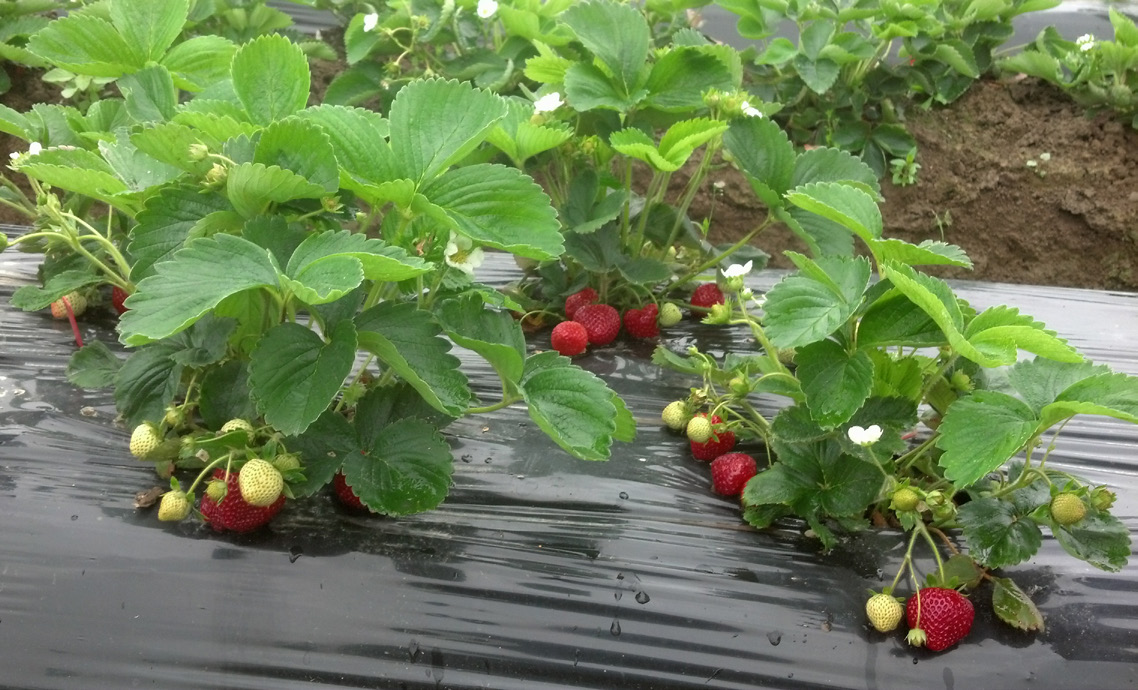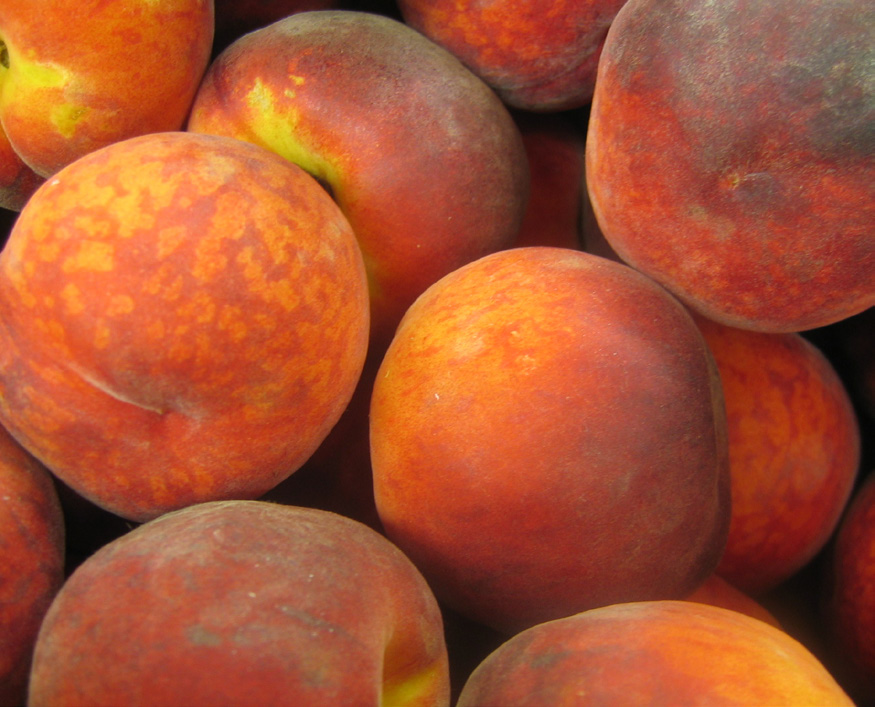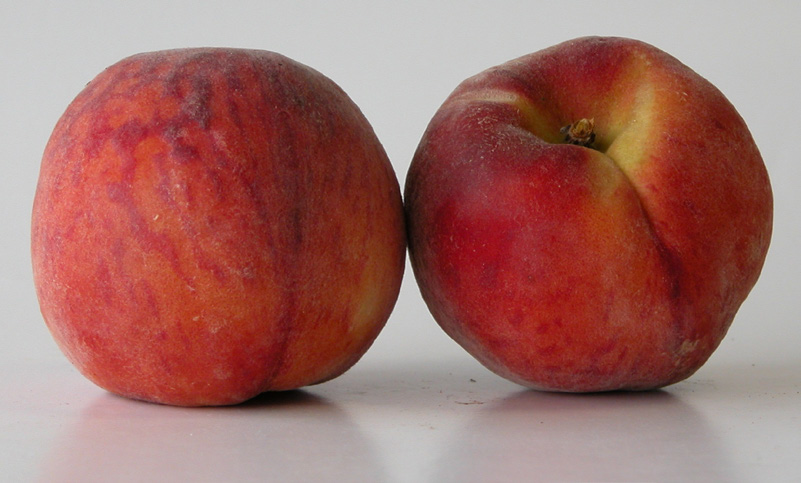‘WASATCH’ STRAWBERRY
INVENTOR: Jim Hancock, Emeritus Professor and Small Fruit Breeder, Michigan State University
What makes ‘Wasatch’ special? 
It is a day-neutral cultivar that is well adapted to the Midwestern and Northeastern USA, Ontario and Quebec, and the Pacific Northwest. The particular cross from which ‘Wasatch’ is derived combined germplasm from California and the Eastern U.S. – a bicostal cross. The name was chosen to honor the germplasm source of day neutrality in strawberry, which was found in the Wasatch Mountains, Utah by Royce Bringhurst.
When was the cross made?
2008
What is the parentage of ‘Wasatch’?
‘Seascape’ × MSU 38 (‘Tribute’ × ‘Honeoye’). ‘Tribute’ is a tasty, old eastern day-neutral that just wasn’t commercial anymore. ‘Honeoye’ is a well flavored, short-day cultivar that kicks out a lot of day-neutral progeny and is still widely grown in the east. ‘Seascape’ is a marginally flavored day-neutral and was developed in California. It is still widely grown in the east. So, the cross was a nice blend of divergent germplasm with varying fruit quality.
What is the size of the family from which it was chosen?
It was a medium-sized family – 93 individuals.
Are there other siblings that have commercial potential?
No, unfortunately.
 Will this cultivar be used in RosBREED and how?
Will this cultivar be used in RosBREED and how?
‘Wasatch’ is being used in crosses to identify DNA diagnostic markers for disease resistance and fruit quality traits.
Other interesting notes...
In field trials over three seasons, ‘Wasatch’ has consistently performed as day-neutral, fruiting for an average of 12 weeks in Mt. Vernon, WA and eight weeks in Benton Harbor, MI – which is a desirably long period. ‘Wasatch’ is vigorous and high-yielding, with medium-sized fruit. Its internal color is paler than for ‘Seascape’ fruit but it is superior in flavor. ‘Wasatch’ fruits are smaller and softer than those of ‘Albion’ but have an excellent flavor.
‘TEXFIRST’ PEACH
INVENTOR: David Byrne, Stone Fruit Breeder, Texas A&M University
COLLABORATOR: Natalie Anderson, Texas A&M University, College Station, TX
What makes ‘TexFirst’ special? 
‘TexFirst’ is very early maturing, has good productivity, with a great round shape. It has a yellow ground color with high red blush, excellent firmness, and melting flesh. It has a chilling unit requirement of about 150 to 200 chilling units, making this a good fit for orchards in Texas and in California, where it was also tested.
When was the cross made?
There wasn’t a deliberate cross! It was an open-pollinated seedling, meaning that pollen came from an unidentified pollinator.
What is the pedigree of ‘TexFirst’?
The seed parent is ‘Thai Tiger’, a cultivar jointly released by Texas A&M University and Kasetsart University (Kampangsaen, Nakhonpathom, Thailand). The seed was planted in a high-density nursery in 1996, and ‘TexFirst’ was chosen for its outstanding fruit quality.
What is the size of the progeny population from which it was chosen?
113
Are there other siblings that have commercial potential?
No
Will this cultivar be used in RosBREED and how?
No, not directly, but it is related to germplasm used in the University of Florida (UF) breeding germplasm (i.e., ‘TropicBeauty’) that was jointly released by Texas A&M University and UF. This germplasm plus other parents are being used in the current project population.
 Other interesting notes…
Other interesting notes…
I work with a former student Unaroj Boonprakob who runs the peach breeding program with the Royal Project in Thailand. Initially I sent him a number of selections from my program for evaluation there. From these came the 4 Thai Tiger releases, one of these was the parent of ‘TexFirst’.
We transfered material via pollen exchange and then I send budwood to Thailand.
‘TexFirst’ blooms before some of the standard cultivars like ‘TropicPrince’ and ‘TropicBeauty’, meaning that if growers can protect this peach, they will get a crop prior to their earliest cultivars. This can translate into great economic gains if they can avoid a frost from Mother Nature!
